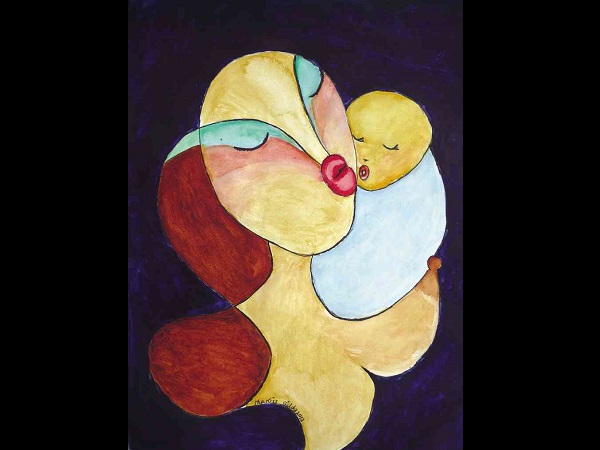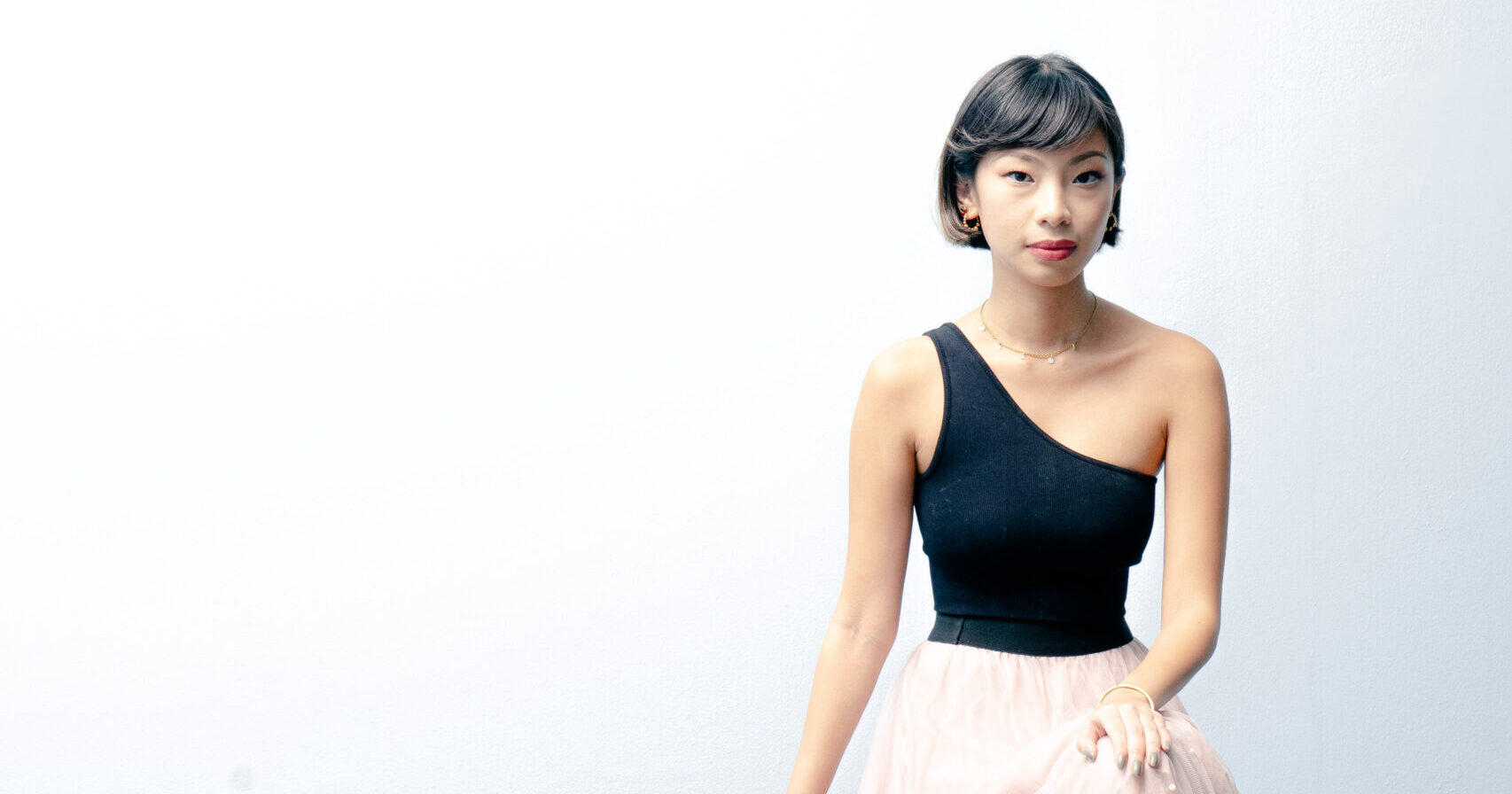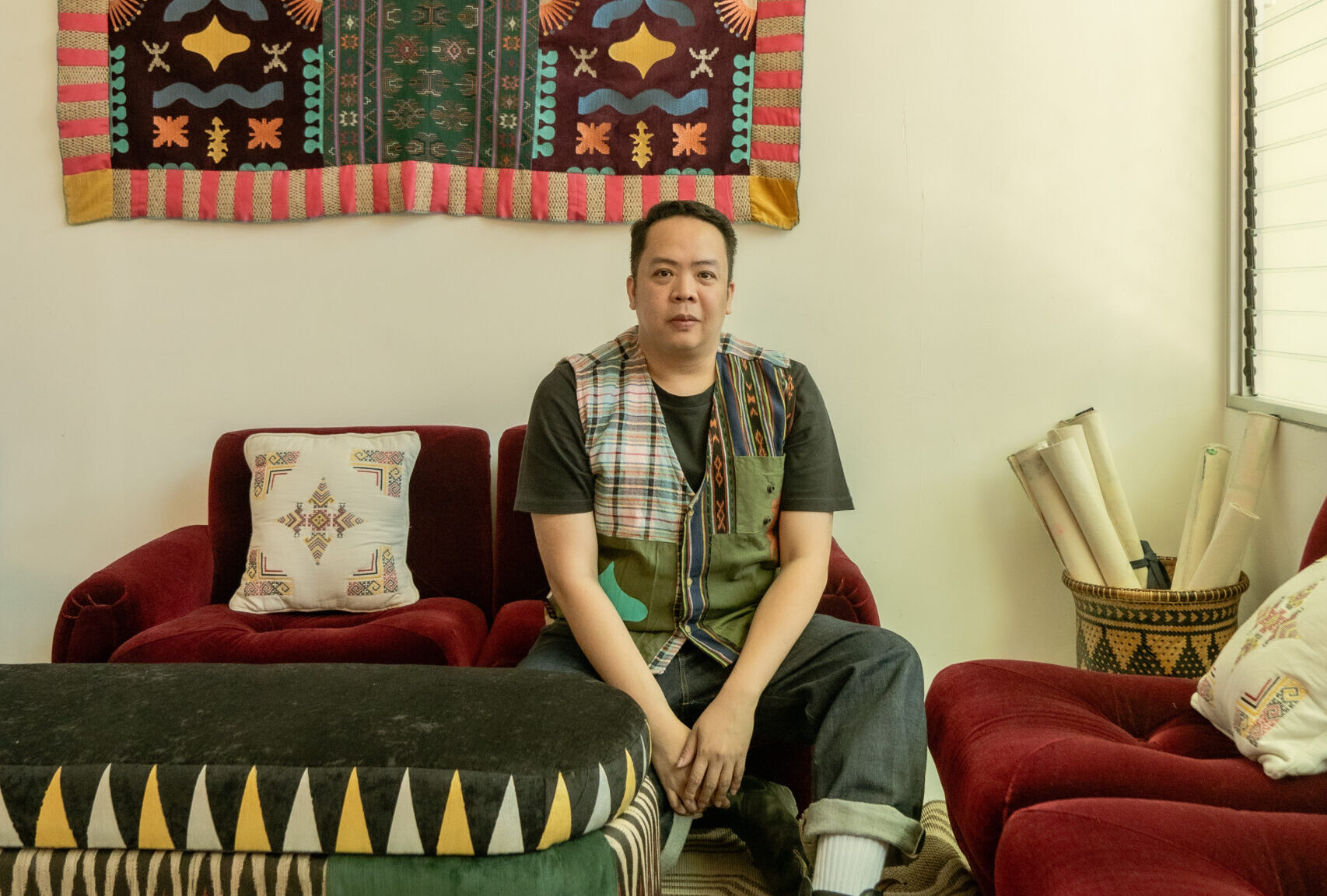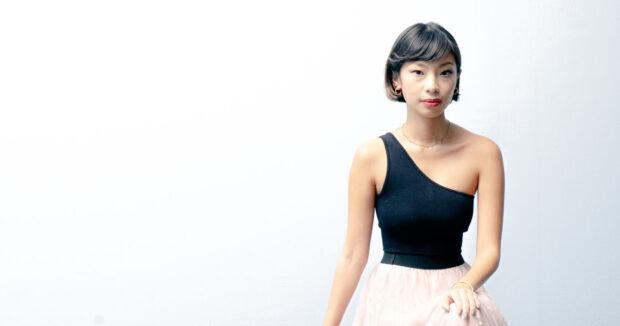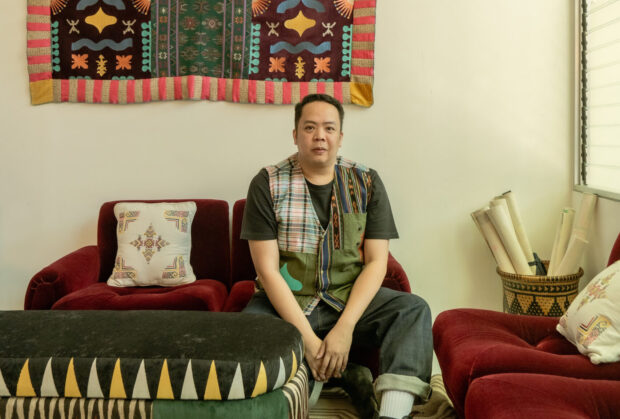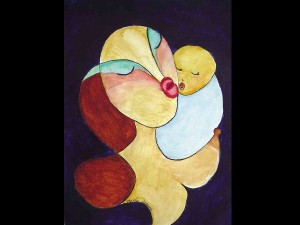
The Lunas (or my mother’s family) were artistic, fashionable and business-minded. In my childhood, I used to hear of a “Tia Neneng” (Ma. Concepcion Luna) who lived and had a shop on Misericordia St., Sta. Cruz, a fashionable district in the early ’20s.
The shop’s name was La Sampaguita. It was a fashion shop that carried jewelry and embroidery. “Tia Neneng” would receive orders from clients for designs for the sleeves of their sayas. Then she would send them to Iloilo to be embroidered.
If the rich client so desired, the embroidered design could be sent to Manchester, England, where it would be printed on silk cloth to match the sleeves. The ensemble comprised the terno.
Originally, therefore, it was the saya, or skirt, copying the Philippine-made sleeves and not the other way around, as it became later, with the sleeves’ embroidery imitating the commercial prints of the skirt.
The material for the blouse, or baro, and its butterfly sleeves was canamaso or rengge, which is net material which had to be starched stiff.
In my childhood in the ’30s, I remember visiting such a shop as “Tia Neneng’s” Iloilo suki in Pagsanjan. It was owned by Lola Pisa, my father’s stepmother. The whole ground floor was lined with long tables with wooden frames on which the bordaderas worked. The embroidered sleeves were then starched while still on the frames. That was how these baro or saya blouses were also washed—by completely dismantling each piece, starching it to death and allowing it to dry. Then they were sewed whole again.
I’m sure the Pagsanjan embroiderers were less artistic than Tia Neneng’s ’20s Iloilo embroiderers who must have done excellent work for La Sampaguita.
Baptismal dress
I think I first realized how much of a fashionista my mother was when my baptismal dress turned up sometime in my married life. Nothing I had ever wrapped my children in when they became Christians could hold a candle to mine! By that time the tiny outfit was as brown and dry as a tea leaf, and tattered and torn at that, but the cloth was French Chantilly lace which, in the ’30s, unlike today, was as fine and intricate as spiders’ webs. Faded, too, was the just-as-tattered filmy silk slip. It was obvious my mama loved dressing me up.
In Quiapo when I was a child, we had a chic mestiza neighbor named Fe Golden who lived in an entresuelo across the street.
Her breasts were upright, her derriere luscious. Although without a shop, Señora Fe was a couturier in the truest sense.
Together, she and my mama pieced me together as I grew up. Both of them had great taste and wild imaginations, so I wore shoulder-less dresses with straps, finely pleated balloon skirts, sundresses, and soft slacks—nothing corny, mind you. To match my fancier frocks, they ordered custom-made hats which were delivered to our doorstep in oval boxes with the Spanish milliner’s signature on it: Inez F. Granfil. The one I wore longest was a straw chapeau with an upturned brim.
At that time, there was a craze among young mommies over Shirley Temple, a cute four-year-old Hollywood moppet with blonde sausage curls and dimples. Mama filled a whole album with clippings of the child star. Shirley Temple wore the briefest of minis, exhibiting bits of panty fore and aft. Soon enough I had to wear those mini-minis, too, resentfully and endlessly pulling down the hem to hide my panties.
Mama made it a habit to pinch my nose whenever she passed me by. I guess I owe my tall nose to that, but somehow she forgot to pinch the bridge.
As for my hair, black and straight like my dad’s, she had a temporary remedy. “Cold wave” had not yet been invented. The only way to get curled was with curling irons (tenaza), an instrument of torture if ever I saw one.
Each lock of hair was wrapped in foil and twirled around a tong or sipit, primitively heated on live coals (something like that). Sometimes the contraption slipped in use, and there was the smell of burning hair. Indeed, some little girls had small bald scars on their heads as relics of their mothers’ vanity. It took hours of fidgeting to get curled in that manner, and the hard-earned ringlets washed off in a day! I went through the ordeal twice.
Once was during the 1935 Children’s Fancy Dress Ball, a component of the Manila Carnival and the number preceding the coronation of the Carnival Queen. It was exciting for doting mamas to caparison their kids in fancy costumes and let them parade around the oval for all Manila to see.
My cousin, Paping Dinglasan, and I appeared as “Benvenutto Cellini and the Duchess of Florence” (whoever they were). A handsome mestizo, Paping was in a princely silver lamé shirt and cap, and me in a Fe Golden midnight-blue velvet gown with a long pearl necklace and a topaz dangling from a Juliet cap on my forehead. I guess we must have won something because there was this photo of us in a yellowed Manila Tribune clipping. I was five years old.
Peasant gear
The next year, another cousin, Washington Luna, was inveigled into escorting me to another carnival ball-cum-tenaza. This time we were dressed in Filipino peasant gear (not yet popular then). It was the informal balintawak worn for occasions like a trip to Antipolo. It generally had a folded alampay hanging on one shoulder.
My saya was a red pinokpok, with real palay grains attached to embroidered stems on the butterfly sleeves. I think we won again. Washington was in camisa chino, red kerchief and pointed velvet chinelas, carrying a live chicken.
When I was 10, my hair was below shoulder length. Mama was fascinated with ribbons and bows of all colors and prints which she styled into my hair. It took a hideously long time to start out for school because mama or the maid would be braiding my hair every which way—close to the scalp and joining a main braid, hanging down like two ropes, crossed at the nape, braids coiled above each ear or in a cross-over coronet.
My bangs seemed destined to be permanent. Twice a month, my mother would take me to daddy’s barber to have my bangs trimmed. I climbed up the enormous chair with bolster pillows, had a big sheet envelop me while the barber delicately snipped away at the bangs with lots of critique from mama.
As a small child, I liked watching my mother dressing up in front of her art nouveau dresser with three oval mirrors. You could see yourself from any angle. There were many bottles of perfume on its top—Crepe de Chine (with a sandalwood sliver floating in it), Mitsuoko, L’Heure Bleue, Shalimar and Lotion Vegetal. Also cologne in a large bottle that she splashed around like water. Sometimes, though, mama just gathered jasmine flowers to put in her hair from the vine that grew outside our window.
Mama owned a profusion of scents but, like most women in those days, only one lipstick (Max Factor), red. Rouge, in a tiny black tin, she applied on her cheeks with a short fat camel-hair brush. Her clips and hairpins were in a red and black boat-shaped art nouveau glass container that I broke only last year. It once had a matching perfume atomizer and polvera (container for loose face powder). A decade later, the hairpins in the boat-shaped container were replaced with mervins, evil-looking aluminum hair snap-ons (with teeth) that could create waves overnight.
My mother’s hair then was long and naturally wavy. With her fingers she would shape a half-moon (onda) on her forehead and another on her temple, flapper style. The rest was caught in a snood at the nape. (A snood is a small hairnet made of fat threads to capture the knotted hair. Later on it came in many colors).
I particularly liked watching mama getting ready to go to a dance with my daddy. She would put each foot into a silk stocking, glide a garter to her thigh, and slide the foot into a pointed side-buttoned shoe.
Nota Bene: “Motherhood Statements” is the title of an anthology of Mama stories edited by Rica Bolipata Santos and Cyan Abad Jugo. It has 22 authors, including me. It will be launched on May 9, 6 p.m., Best Sellers, Robinsons Galleria, Level 4. Anvil Publishing, 2013. See you there!

